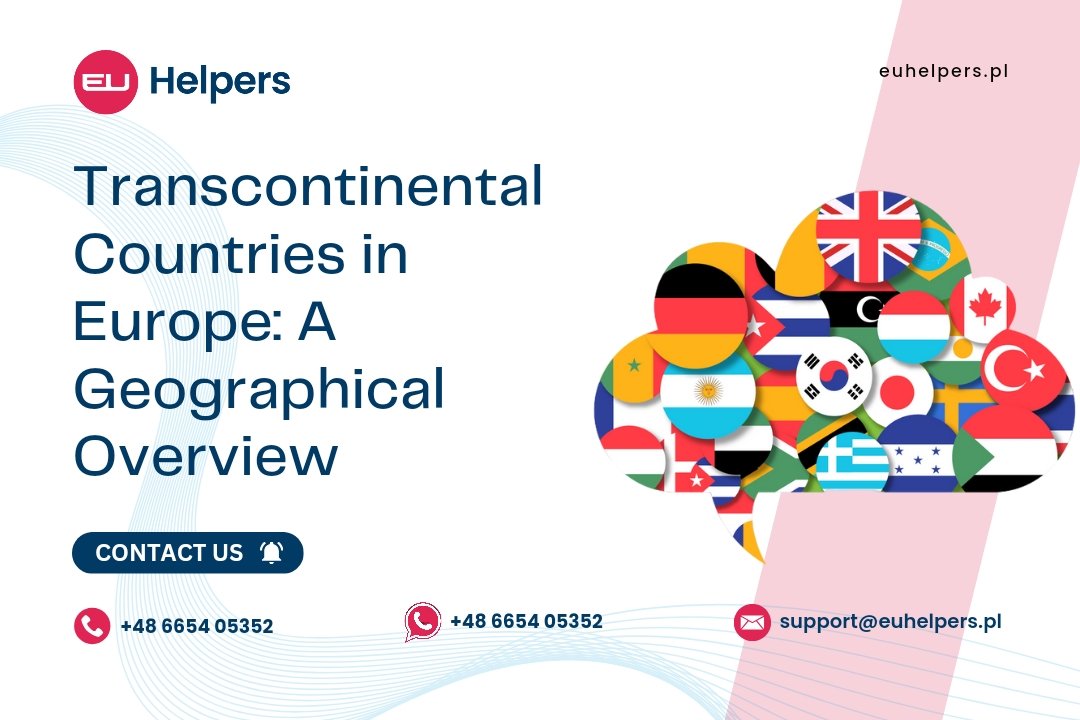Europe, one of the world's seven continents, is known for its rich history, diverse cultures, and complex geography. Among its many features is the unique characteristic of hosting several transcontinental countries—nations that straddle two continents. In this case, we will explore countries that span both Europe and Asia. These nations, while geographically part of Asia, also have territories extending into Europe, making them integral to the European geopolitical landscape. The five countries that fall into this category are Armenia, Azerbaijan, Georgia, Kazakhstan, and Turkey. Below, we delve into each of these nations, examining their geographical spread, population, and capitals.
Armenia: The Land of Ancient Culture and Mountainous Terrain
Armenia, with its capital in Yerevan, is a country of rich historical significance and ancient culture. Spanning an area of 29,743 square kilometers, Armenia is a relatively small nation, yet its impact on regional history is profound. Despite being predominantly located in Asia, Armenia has a historical and cultural connection to Europe, often being included in the European transcontinental category. As of 2021, Armenia has a population of approximately 2.9 million people, making it one of the less populous countries in the region. Its landscape is dominated by mountainous terrain, with the Caucasus Mountains playing a significant role in its geography.
Azerbaijan: The Land of Fire
Azerbaijan, known for its rich oil reserves and the ancient fire-worshipping Zoroastrianism, has its capital in Baku. Covering an area of 86,600 square kilometers, Azerbaijan is a larger nation than Armenia, both in terms of land and population. With a population of about 10.2 million as of 2021, Azerbaijan is a significant player in the region's political and economic dynamics. The country's territory spans the eastern part of the Caucasus region, and it is geographically positioned at the crossroads of Eastern Europe and Western Asia, which justifies its classification as a transcontinental nation.
Georgia: A Country of Diverse Landscapes
Georgia, with its capital in Tbilisi, is known for its diverse landscapes ranging from the Black Sea coastline to mountainous regions and fertile valleys. This country occupies an area of 69,700 square kilometers and is home to about 10.7 million people as of 2021. Georgia's unique location between Europe and Asia has historically made it a cultural and economic bridge between the two continents. Despite its small size, Georgia's strategic location and rich cultural heritage make it an important transcontinental nation.
Kazakhstan: The Giant of Central Asia
Kazakhstan is the largest of the transcontinental countries in Europe, with a vast territory covering 148,000 square kilometers in the European part alone, out of its total area of 2.7 million square kilometers. Its capital, Nur-Sultan (formerly Astana), reflects the country's ambition and modern development. With a population of 19 million as of 2021, Kazakhstan is a significant player not only in Central Asia but also in Europe. The country’s vast steppe regions and significant mineral resources contribute to its geopolitical importance, making it a crucial link between the continents of Europe and Asia.
Turkey: The Crossroads of Continents
Turkey, with its capital in Ankara, is perhaps the most well-known transcontinental country, sitting at the crossroads of Europe and Asia. The country has a European land area of 23,764 square kilometers, but its total area, including the larger Asian part, is 783,356 square kilometers. With a population of 85.4 million as of 2021, Turkey is the most populous of the transcontinental countries in Europe. The city of Istanbul, which straddles both continents, is symbolic of Turkey’s unique position as a bridge between the West and the East, blending European and Asian cultures, traditions, and influences.
The concept of transcontinental countries highlights the complex and intertwined nature of geography, culture, and history. Armenia, Azerbaijan, Georgia, Kazakhstan, and Turkey are unique in that they straddle two continents, making them integral parts of both Europe and Asia. Each of these countries contributes to the rich tapestry of the Eurasian region, offering a blend of cultural influences, historical depth, and strategic significance. Understanding these nations’ transcontinental nature provides valuable insights into the broader geopolitical and cultural dynamics of the region.

